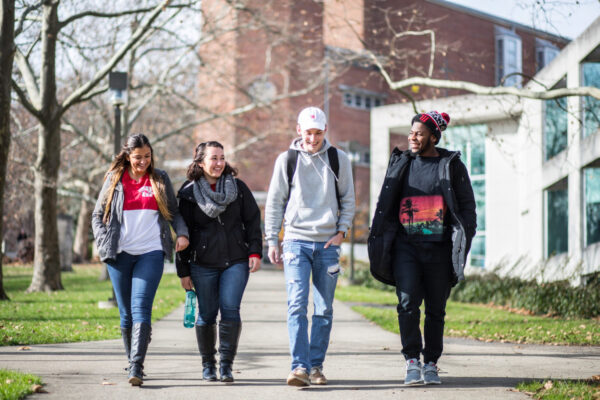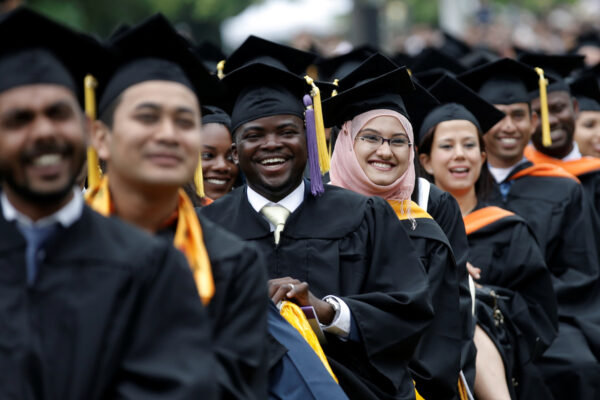New Brief Sheds Light on the Challenges Facing Native College Students, Urges More Support
Title: Supporting Native Students
Author: Jamison Lowery
Source: The Hunt Institute
A new brief from the Hunt Institute presents the current landscape for Native students in U.S. higher education, the need for more interventions to ensure their success, and recommendations for future action.
The author points out that underrepresentation of Native students largely contributes to the challenges they face such as high unemployment rates, low-wage jobs, and a high poverty level. Although the enrollment of Native students has increased significantly in recent years, they are still lagging behind, accounting for only about 1 percent of all U.S. postsecondary students. Native students also had the lowest graduation rates of any group.
To alleviate barriers to higher education, the brief emphasizes more intentional support for Native students’ access, retention, and completion while considering their unique needs, including:
- Cultural activities that help Native students feel welcome on their campus
- Student organizations that help Native students maintain their identities
- Supportive faculty and staff that help Native students’ smooth adjustment to higher education settings
- Academic preparation supports that help Native students engage in academic activities and work through academic challenges while they are in high school and higher education settings
- Increased grants and scholarships from institutions and state governments for Native students with a more easily accessible financial aid system
The author provides several examples of successful programs such as the National Congress of American Indians (NCAI) Law and Policy Scholarship program, a pre-college program for Native high school students (i.e., College Horizons), the American Indian College Fund, and state-level tuition waiver programs for Native students.
The brief concludes with several recommendations for future action to help Native students successfully navigate and complete college, including increased financial support, culturally responsive schooling, collaborative programs with local tribes, and distance education programs.
To read the full brief, click here.
—Ji Hye “Jane” Kim
If you have any questions or comments about this blog post, please contact us.


